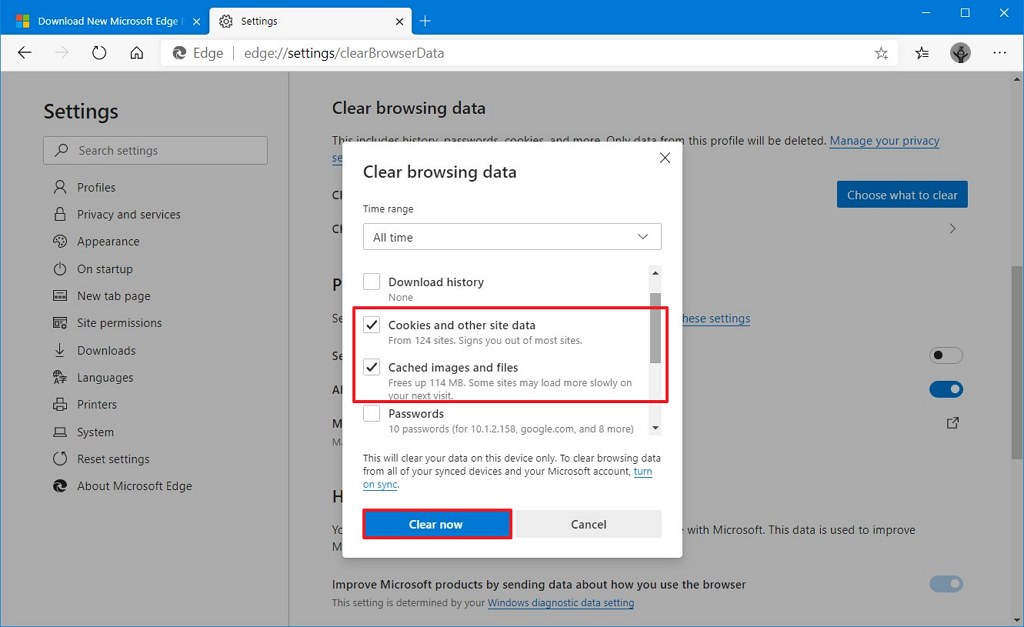


In Firefox, if you don't see the menu bar, press Alt. If you're unsure what browser version you're using, from the Help menu or your browser's menu, select About. If you don't see instructions below for your specific version or browser, search your browser's Help menu for "clear cache". If the instructions below don't exactly match what you see, you may need to update your web browser to the latest version.If this doesn't work, follow the appropriate instructions below. For desktop browsers, to quickly open menus used to clear your cache, cookies, and history, ensure that the browser is open and selected, and press Ctrl-Shift-Delete (Windows) or Command-Shift-Delete (Mac).Note: It may take a few minutes for this process to complete. In the pop-up box, select the Time Range of ' All Time', select the two boxes indicated in the image below, and click the ' Clear now' button. However, depending on the browser version, the steps may vary:Ĭlick the ellipsis Menu (three dots) in the upper right corner and click on ' Settings'.Ĭlick the ' Privacy, search, and services' option in the left-hand navigation pane and then select the ' Choose what to clear' option, indicated below. Below are more detailed directions specifically for Microsoft Edge. Generally speaking, it is located in browser settings under privacy, and may be titled delete/clear cache, clear browsing data. The process of clearing a cache varies from browser to browser. Modules are crashing or not progressing when viewing them in the learner view.Icons and Favicon are not loading or appearing the in the appropriate places.Media is not loading, specifically for videos, PowerPoint and SCORM modules.The most common reasons are, but not limited to: When will I need to clear the cache for training courses? The solution to this is to clear the cache to delete the old components so that it may remember the new components. The problem with this is that when new components replace the remembered files, the new components will not appear. A browser can then recall many of these components from its memory which is easier and faster than grabbing it over the internet. In order to keep the loading speed of these websites acceptable, a computer will save many of the components of the website locally. Many websites contain hundreds or thousands of files.



 0 kommentar(er)
0 kommentar(er)
